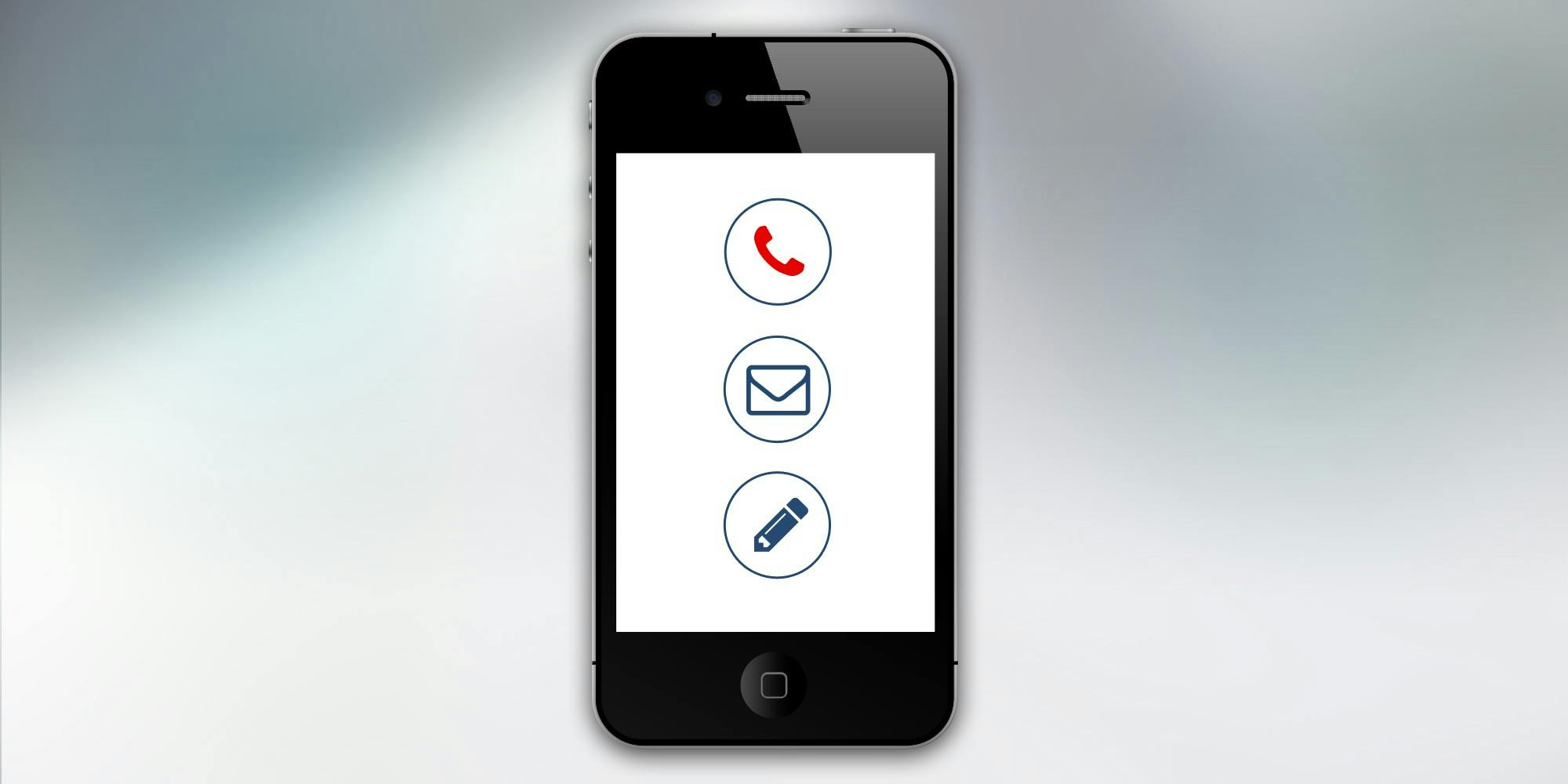A graceful exit protects sender reputation, reduces spam complaints, and preserves trust for the subscribers who stay. Treat the unsubscribe moment as a brand experience, not a loss: make leaving effortless, signal respect, and confirm changes quickly so uncertainty never turns into a “Report spam” click. Clarity here isn’t just polite—it’s performance.
Why this matters now
Mailbox providers reward respect and relevance, and subscribers reward transparency with lower complaint rates. When the path to unsubscribe is visible, understandable, and fast, frustration drops—and deliverability for the entire list rises. A simple rule of thumb: if a subscriber struggles to leave, the rest of the audience will struggle to believe.
Make leaving effortless
Put “Unsubscribe” where eyes go and say it plainly. Support native list‑unsubscribe in the header so clients can show a one‑click option, then confirm immediately on a clean page that the request is processed within two business days. The confirmation page should reassure, not trap—offer choices, but never gate the exit.
Clear footer link plus native list‑unsubscribe for one‑click ease.
Instant confirmation message, followed by a short, friendly email receipt.
Offer respectful alternatives
A thoughtful preference center salvages relationships without pressure. Give options to reduce frequency, change topics, or pause for 30–90 days. Keep choices minimal and meaningful so decision fatigue doesn’t backfire.
Three essentials: “Unsubscribe,” “Reduce frequency,” “Change topics.”
Optional “Pause emails” for seasonal overwhelm, then resume automatically.
Language and micro‑UX that lower complaints
Write like a human who values attention. Replace defensive copy with gratitude and agency: “Thanks for being with us—choose what works best next.” Use short sentences, large tap‑targets, high‑contrast buttons, and avoid dark patterns. The tone should make a departing subscriber feel respected enough to return someday.
One clear CTA per choice, no tiny links or tricky toggles.
A single optional question (“What didn’t work?”) for learning, never required.
Operations that keep trust
Honor consent at the source and maintain hygiene throughout the funnel. Send to opted‑in audiences, segment by engagement, and sunset chronic inactives before complaints rise. Sync suppression lists across all tools and brands under the same domain so “no” means “no” everywhere, fast.
SLA: remove within 48 hours and propagate to every system.
Monitor complaint rates, domain reputation, and engagement by segment.
Culture behind the clicks
Unsubscribe UX is a mirror of leadership values: treat attention as earned, not owned. Equipping teams with clear policies and templates turns compliance into credibility. When leaving is easy and language is kind, staying becomes intentional—and performance follows.
“Make leaving easy, so staying feels earned.”
Mini checklist
Visible “Unsubscribe” link and native list‑unsubscribe enabled.
One‑click honored; confirmation page is clear, kind, and final.
Preference center: fewer emails, different topics, or pause.
Suppression lists synced everywhere within 48 hours.
Watch complaint spikes and adjust cadence or targeting quickly.
Conclusion
Don’t fear the exit—design it beautifully. The brands that lose the right subscribers today keep the right inbox placement tomorrow. Clarity is kindness—and it travels with the domain.
References
https://www.forbes.com/councils/forbesagencycouncil/2021/06/15/14-ways-to-figure-out-why-users-unsubscribe-and-fix-the-problem/


